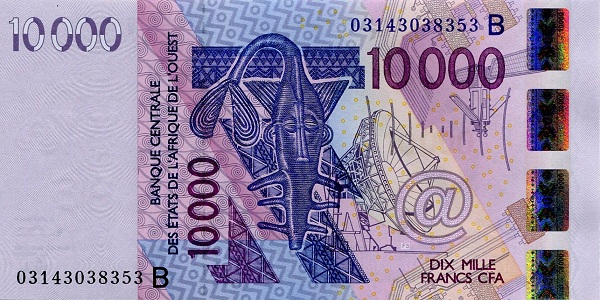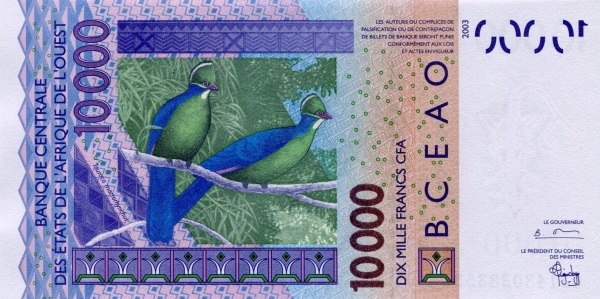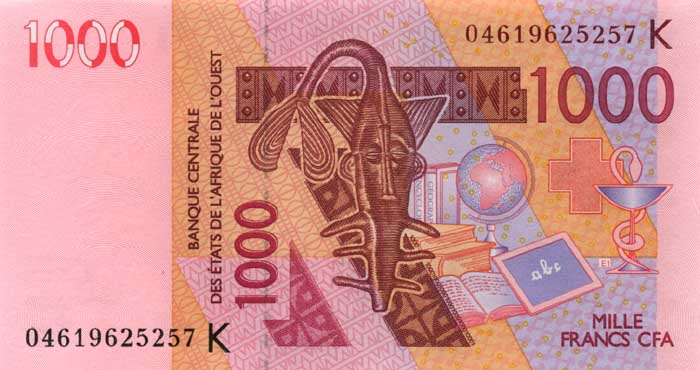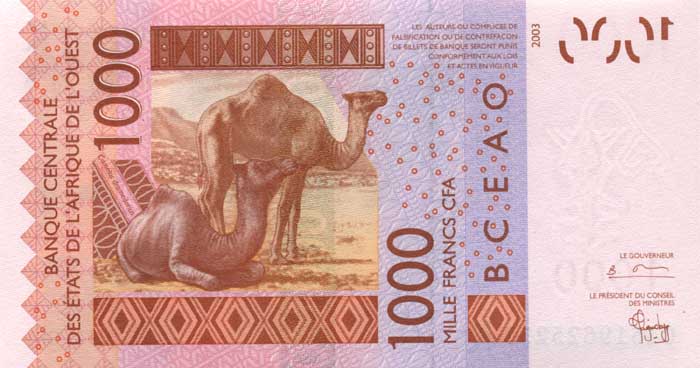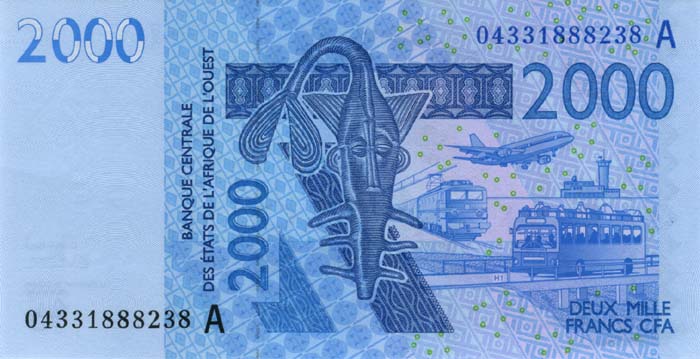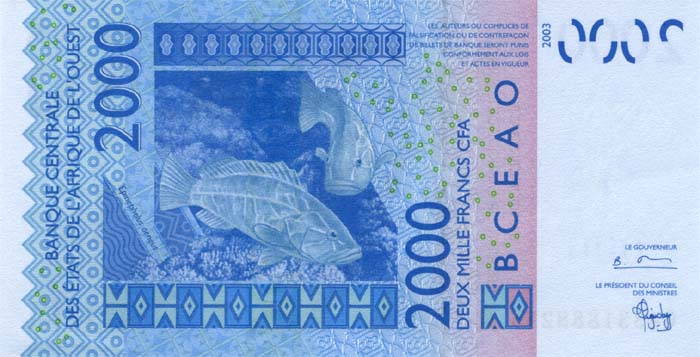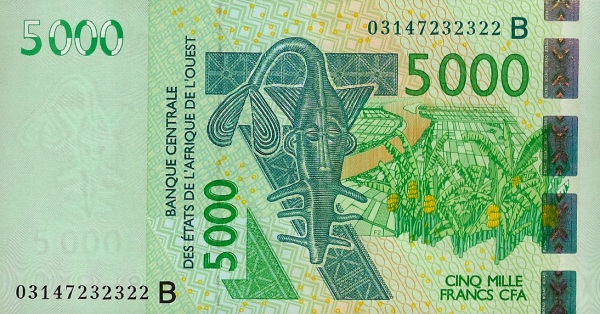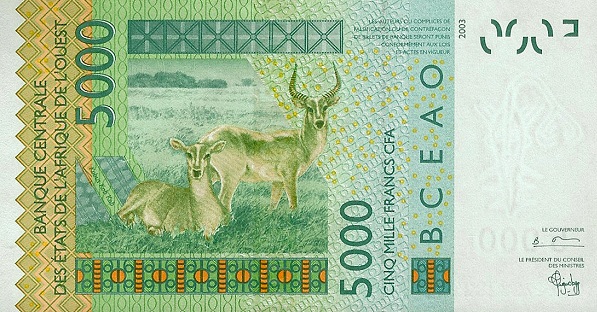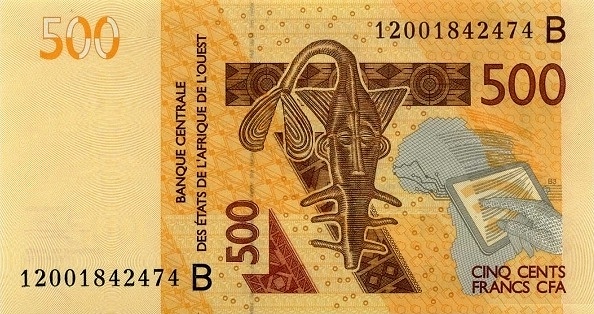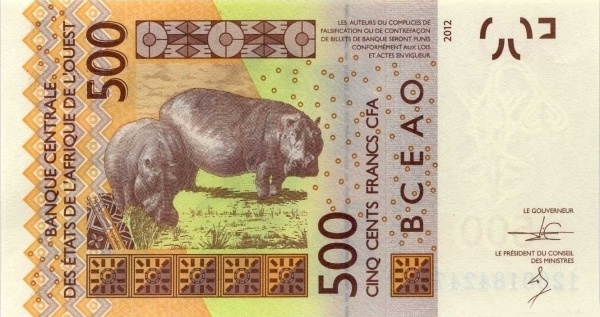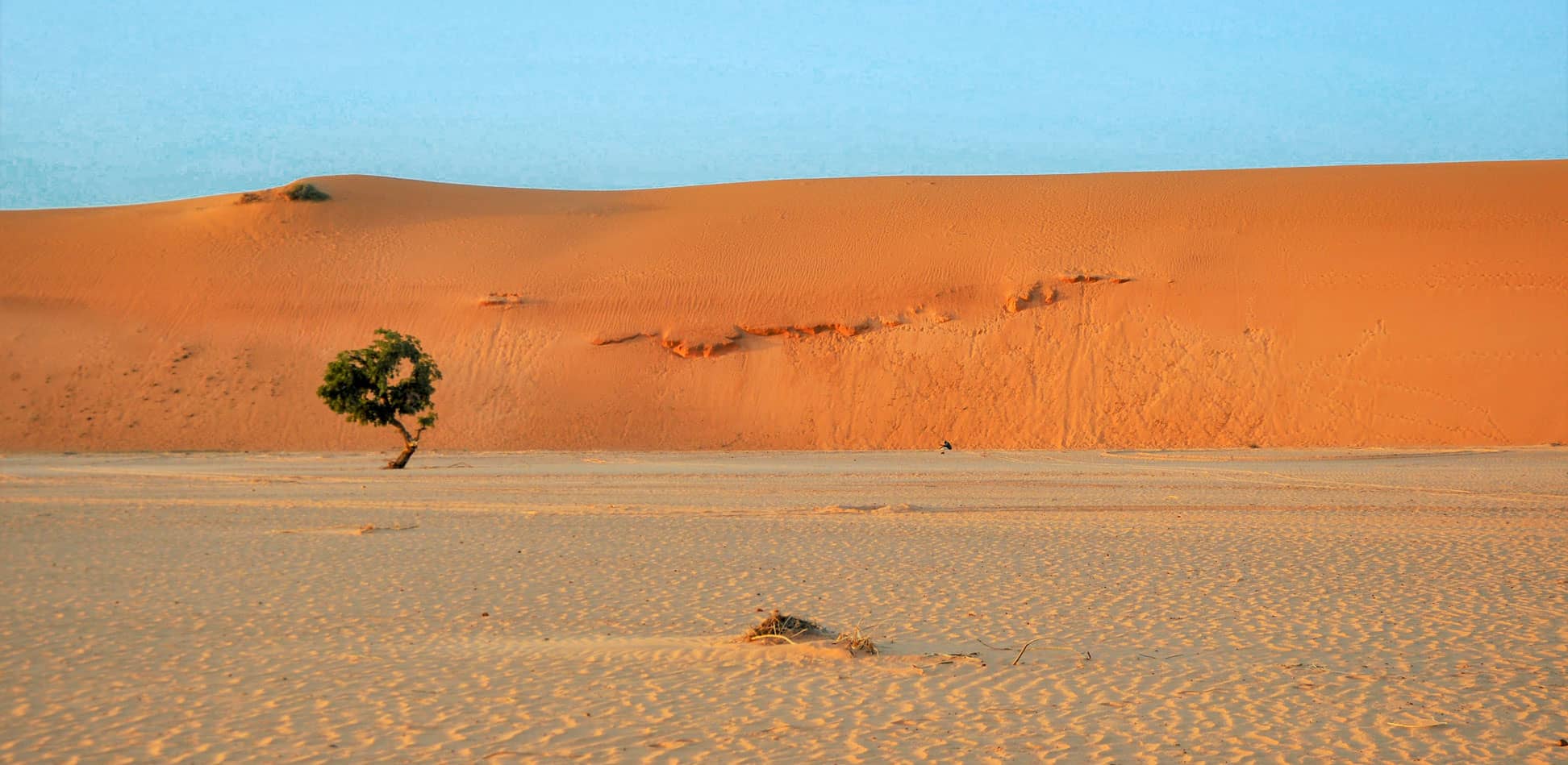Niger: A Country Profile
Niger, located in West Africa, serves as a fascinating example of a landlocked nation. It fringes the southern tips of the vast Sahara Desert to the north and extends into the Sahel region in the south. In fact, Niger is among the least-developed countries worldwide, presenting a multitude of challenges and opportunities for growth. This nation shares borders with several countries: Libya and Algeria to the north, Nigeria and Benin to the south, Chad to the east, and Burkina Faso and Mali to the west. Understanding Niger’s unique characteristics provides a deeper insight into its complex socio-economic landscape.
Geographical Features of Niger
With an impressive land area of 1,267,000 km², Niger boasts a size surpassing both metropolitan France and the American state of Texas. Its territory prominently features expansive deserts, including the Ténéré and Talak, as well as the vast Erg of Bilma dune sea. Contrasting sharply with the arid northern regions, the southern part of Niger is predominantly characterized by lush savannahs where most of its approximately 26 million residents live. Notably, Niger embodies the dichotomy between stark desert landscapes and flourishing savannah environments.
Population Insights
Niger is home to a youthful population, boasting the world's highest total fertility rate at 7.6 children per woman as of 2024. The capital city, Niamey, ranks as the largest urban area, where the official language is French, alongside several West African languages like Hausa, Zarma, and Songhai. It’s interesting to note that around 95% of Niger's citizens are Muslims, reflecting the country’s cultural and religious fabric.
Historical Context of Niger
The history of Niger is rich and intricate, with deep-rooted tribal conflicts among various kingdoms prevailing before France claimed the territory in the early 20th century. After enduring colonial rule, Niger gained independence in 1960. Despite the abundance of natural resources, including significant uranium deposits, the country grapples with economic challenges. Consequently, its economy relies heavily on subsistence farming and livestock rearing.
Political Evolution
Throughout much of its post-independence life, Niger underwent numerous political upheavals, including austere military regimes. The tide began to turn in 1993 when Niger conducted its first free elections, breaking a 33-year cycle of oppressive rule. The aftermath led to a peace agreement in 1995, effectively ending a lengthy revolt by the Tuareg tribes. However, the country experienced further coups in 1996 and 1999, culminating in a transition back to civilian governance by December 1999.
Recent Developments
Fast forward to July 26, 2023, Niger encountered another significant political shift when a military junta known as the National Council for the Safeguard of the Homeland seized control, dissolving all existing government structures. This transition created a vacuum of authority and raised questions about the future of democratic governance in Niger. The junta, commanded by General Abdourahamane Tiani, governs through decrees, which has effectively curtailed opposition and press freedom. As a result, many former officials have faced arrest, marking a noteworthy departure from recent democratic practices.
International Relations and Geopolitical Dynamics
Amidst the backdrop of military rule, Niger’s international alliances are undergoing significant realignment. The withdrawal of American and French military forces in light of the new government raises critical questions about security and foreign influence. In stark contrast, China exhibits enthusiasm for expanding its economic and military interests in the region, reflecting a broader trend of changing geopolitical dynamics in West Africa.
Culture and Traditions in Niger
Niger possesses a rich cultural heritage, illuminated by the unique traditions and customs of its various ethnic groups. The Tuareg, Fulani, and Kanuri people contribute to a vibrant tapestry of customs, music, and art. Celebrations, known as festivals, exemplify communal ties and play a crucial role in the social fabric of Niger. Additionally, the nation’s culinary traditions showcase diverse ingredients and flavors, often influenced by its neighboring countries.
Challenges and Opportunities Ahead
Despite the challenges that Niger faces, including political instability and economic hardships, opportunities for progress remain. The agricultural sector holds significant potential for development, given the most people reside in the fertile southern regions. Moreover, sustainable utilization of Niger’s natural resources, particularly uranium, could propel economic growth if managed effectively. In addition, international partnerships focusing on education and infrastructure can pave the way for a brighter future.
The Path Forward for Niger
In conclusion, Niger stands at a crossroads, marked by its distinct geographical, historical, and cultural characteristics. As the nation navigates through political challenges and seeks to leverage its abundant resources, the path ahead will determine its trajectory for years to come. Engaging international partners who prioritize sustainable development can unlock Niger's potential and uplift its population, leading to improved living conditions and societal stability.
Largest cities of: Niger
| City Name | Population | Year of foundation | |
| Niamey | 1,375,000 | 1920 | |
| Zinder | 350,000 | circa 1000 | |
| Maradi | 300,000 | 1822 | |
| Agadez | 100,000 | circa 1400 | |
| Diffa | 90,000 | 1920 | |
| Bani Bangou | 50,000 | 1974 |
Niger: Money
